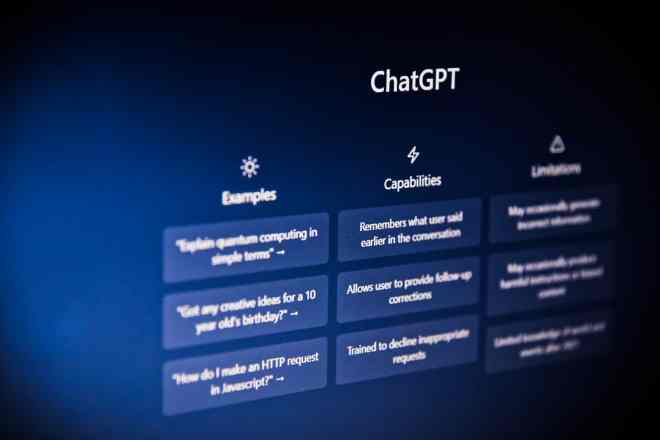If you’re looking for the next trend for cities, tapping into the vast network of the Internet of Things (IOT) is the rage. IOT smart cities combine apps, buildings and systems for more efficient living and working environments. The focus is also on better connectivity and access to the cities features.
Smart cities are also called cyberville, digital cities, intelligent cities and wired cities. Spending on smart city technology is about $679.5 billion per year with rapid growth expected in parking and advanced energy measures. Although suburbs and smaller towns are less likely to focus on their technology infrastructure, over time, the benefits filter down to even the local shopping malls.
There are many advantages to IOT smart cities for businesses and individuals. You’ll save time, money and aggravation by tapping into the tools of cyberville. How does IOT help in smart cities? Here are just a few of the ways people benefit from digital advances.
1. Better Traffic Management
IOT smart cities can easily reroute hectic traffic with the use of new technology. City managers place sensors in key locations to ascertain how heavily traveled a road is at a given time. Citizens download an app that alerts them when they might run into a delay. Plus it offers alternate routes to get to their destination.
A side benefit is less pollution. The issue of people idling their cars while in traffic goes away as they avoid the roadblocks they’d otherwise run into. The technology also reduces the excuses people use about traffic and being late to work, improving productivity and attendance.
2. Tapping Into the Network
The average person uses their smartphone to tap into the IOT in smart cities. They can see when public transit runs and view routes, check the weather, gain access to their office building and even utilize their mobile device to park their car.
The advantage of services utilizing the internet of things is clear for the typical citizen. Access via their cell phones saves them time and money. Because cities are using more and more sensors, the need for high-speed internet is a must. Cities are teaming up with companies such as Google to offer fiber optic cable and 5G capabilities. The faster and more reliable the internet, the more devices connect to it.
3. Control of Infrastructure
Cyberville locations are often big metropolitan cities. Tokyo, Japan is one example of IOT smart cities, with a population of over 38 million people. So many people packed into a small area creates issues with how do you provide fresh water and eliminate waste in a safe way?
Tokyo is also working toward becoming one of several zero emission IOT smart cities, leading it to become a leader in eco-friendly measures. Smart sensors can inform city managers about garbage piling up that needs picked up, areas with high emissions or other concerns such as sewage backup.
Government leaders can tap into the internet of things at any time. Even have an alert sent to their phones to handle emergencies and keep the town running smoothly.
4. Improved Air Quality
One thing IOT smart cities can focus on is better air quality measures. Siemens created a system called The City Air Management Tool, which is completely cloud-based and grabs current pollution data and forecasts what might happen in the next five days.
Such information helps the city overcome serious air quality issues. For example, if a certain area of the city tests high for pollution, they can work on better low emissions transportation options or rerouting traffic to different areas.
Utilizing the abilities of artificial intelligence (AI) technology and big data allows cities to predict what might happen in the future and take steps to reduce negative impacts.
5. Enhanced Communication
Another advantage of IOT smart cities is enhanced communication. Corporations tap into the internet of things in new ways that keep employees updated about what is happening in the city and the company.
With more people working from home than ever before, the ability to host a meeting on the fly via your smartphone or send a message to your team leader keeps everyone in the loop on a project.
Some of the things many smart cities focus on is faster, better Wi-Fi, solar powered microgrids and ways to communicate with core city management functions. Imagine you have a meeting across town. You plan to take the bus, but receive an SMS the transportation is running late. Thus, make you late to your meeting. You can grab a share lift to your destination or inform your contact you’ll be a bit late to the meeting.
Within IOT smart cities, even the objects communicate with one another. The bus informs the people’s phones and the sewer system alerts of an overload on the system so technicians dispatch to the area. Everything in the town connects to everything else, putting the infrastructure and the people on autopilot.
6. Saving Time Parking
If you’ve ever worked in a large city, you understand the nightmare of finding a parking space. Even if you pay a monthly garage fee, you might have to drive around the building to find an empty slot. Not so in IOT smart cities. Smart parking is one of the largest areas of development in technology.
With an intelligent parking system, the building knows when a vehicle leaves the space. Sensors notify drivers via an app where there is a free slot. Backlogs get reduced, because the system distributes waiting cars to the locations where there isn’t a line of people waiting for a space.
You don’t have to waste time with a pass or paying. Everything happens via your smartphone and sensors. No need to do anything other than install the app on your phone. That way it can interact with the smart garage.
IOT Smart Cities Coming to You
No matter where you live, at least some of the benefits of technologically advanced cities will come your way. Already, people use smart devices in their homes, such as doorbells, garage door openers and thermostats. Expect more devices every year and a shift toward additional gadgets. This will make the world more efficient and adaptive to human needs.


